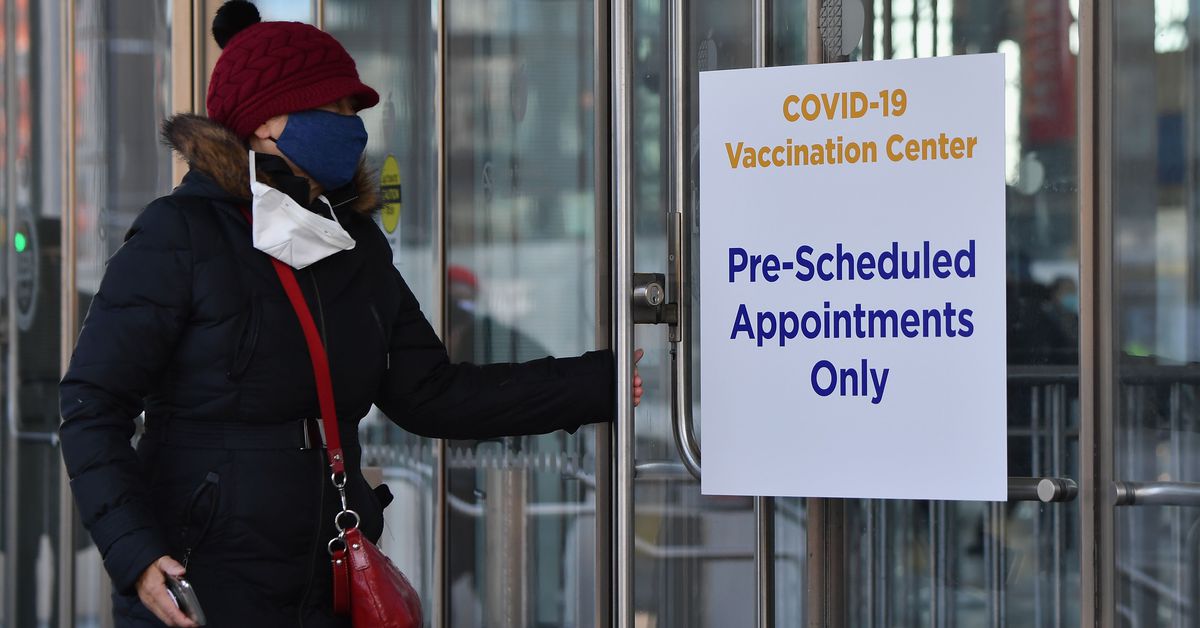Finally, some good news in the fight to end robocalls
FCC chair Jessica Rosenworcel is putting phone providers on notice to stop letting robocallers use their networks. | Tom Williams/CQ-Roll Call, Inc via Getty ImagesThe FCC has been cracking down on robocalls for a while, but now it’s cracking...

Robocalls suck. They cost us money and time, and are so pervasive that the vast majority of Americans don’t even answer their phones if they don’t know who’s calling. Everyone knows they’re a problem, but no one seems to be able to do anything about it. That might be changing.
The Federal Communications Commission announced on Thursday that it was ordering phone companies to block call traffic that the agency believes is part of a massive car warranty robocall operation responsible for 8 billion illegal robocalls since 2018.
Or, as FCC chair Jessica Rosenworcel put it: “Billions of auto warranty robocalls from a single calling campaign. Billions!”
The FCC has been trying for years to stop or at least mitigate illegal robocalls, only to see the number of them increase along with consumers’ irritation. But it appears that those efforts are finally bearing fruit. Not only is the agency trying to take down the robocall campaigns, it’s also finding and going after the businesses that facilitate them.
“We are not going to tolerate robocall scammers or those that help make their scams possible. Consumers are out of patience and I’m right there with them,” Rosenworcel added in a statement about last Thursday’s order.
The order targets eight companies whose systems were the source of those calls, according to the FCC. In other words, scammers were buying access to our phones through these service providers. So not only is the robocall campaign being pursued by the FCC, but the phone companies used to make all of those calls are also being punished — and other providers are being put on notice not to accept traffic from robocallers, either. This should, conceivably, mean fewer robocalls in general.
This is all part of a larger crackdown. In order to trick victims and evade authorities, illegal robocall networks typically buy up huge blocks of legitimate phone numbers from voice providers who are happy to look the other way as long as they’re getting paid and there aren’t any consequences.
But earlier this month, the FCC and Ohio’s attorney general said they had identified and were taking action against several individuals they alleged were behind a robocall operation that was responsible for some of those notorious auto warranty calls. The FCC also sent cease-and-desist letters to eight voice providers that it believed the robocalls were being placed through. The agency was able to determine who those providers were through some of the industry-wide measures put in place over the last several years.
“I would say this is a significant development in that it shows that the FCC is expecting the industry to work together in stopping unwanted robocalls,” said Jim Tyrrell, senior director of product marketing at TNS, which offers robocall identification and mitigation services. “The FCC takes this threat very seriously and wants to ensure these actors are blocked,”
The FCC has issued cease-and-desist letters like this before, Tyrrell said, but the companies they were sent to all responded to the letters and no further action had to be taken. The eight providers — Call Pipe, Fugle Telecom, Geist Telecom, Global Lynks, Mobi Telecom, SipKonnect, South Dakota Telecom, and Virtual Telecom — were given a chance to respond to the letters. But in this case, none of the providers responded, which allowed the FCC to order all phone companies to block calls coming from them. Needless to say, a phone company whose calls aren’t accepted by any other providers isn’t much of a phone company anymore.
“This is the first such order,” Will Wiquist, spokesperson for the FCC, told Recode. “We think this is an impactful effort that is possible thanks to improved traceback ability due to widespread STIR/SHAKEN implementation, productive partnerships with other investigators like the Ohio attorney general’s office, and a strong push from Chairwoman Rosenworcel to take aggressive steps using all our tools to really protect consumers.”
Providers that don’t take reasonable measures to stop calls from those eight companies risk getting in trouble themselves.
“The implicit threat is that if the FCC finds a provider is allowing this traffic to continue, the commission will take action against it,” Tyrrell said.
This might be the kind of threat the industry needs to put real effort into stopping the plague of calls to consumers. Last year, the FCC began mandating providers to implement STIR/SHAKEN, a framework to make it possible to trace calls back to their providers. It wasn’t an instant solution, since smaller providers were given extra time to implement it. That extra time has elapsed by this point, however, and the ability to trace calls back is what the FCC says helped investigators track the robocalls down to those eight providers.
The FCC has also been steadily issuing and proposing record fines against other robocalling operations. The number of robocalls appears to be on the decline, which is good news. The number of robotexts, however, has gone up. A lot. Which suggests that scammers may simply be moving on to a new way to annoy and scam us.
On the other hand, the robocall menace may still be too big to stop anytime soon. Two of the people accused of being behind this latest operation, Roy Cox Jr. and Aaron Michael Jones, have gotten in trouble for robocalls before and, as a result, were permanently banned from telemarketing by the Federal Trade Commission (both the FCC and the FTC can go after robocalls). If the agency’s latest allegations are true, those bans didn’t do much to discourage them, and it may not be difficult for them to start their operations back up again if they can find more providers.
“The problem is, with so many smaller VoIP providers, the bad actor just moves their traffic from one provider to another,” Tyrrell said. “It’s like a whack-a-mole game.”

 FrankLin
FrankLin 































